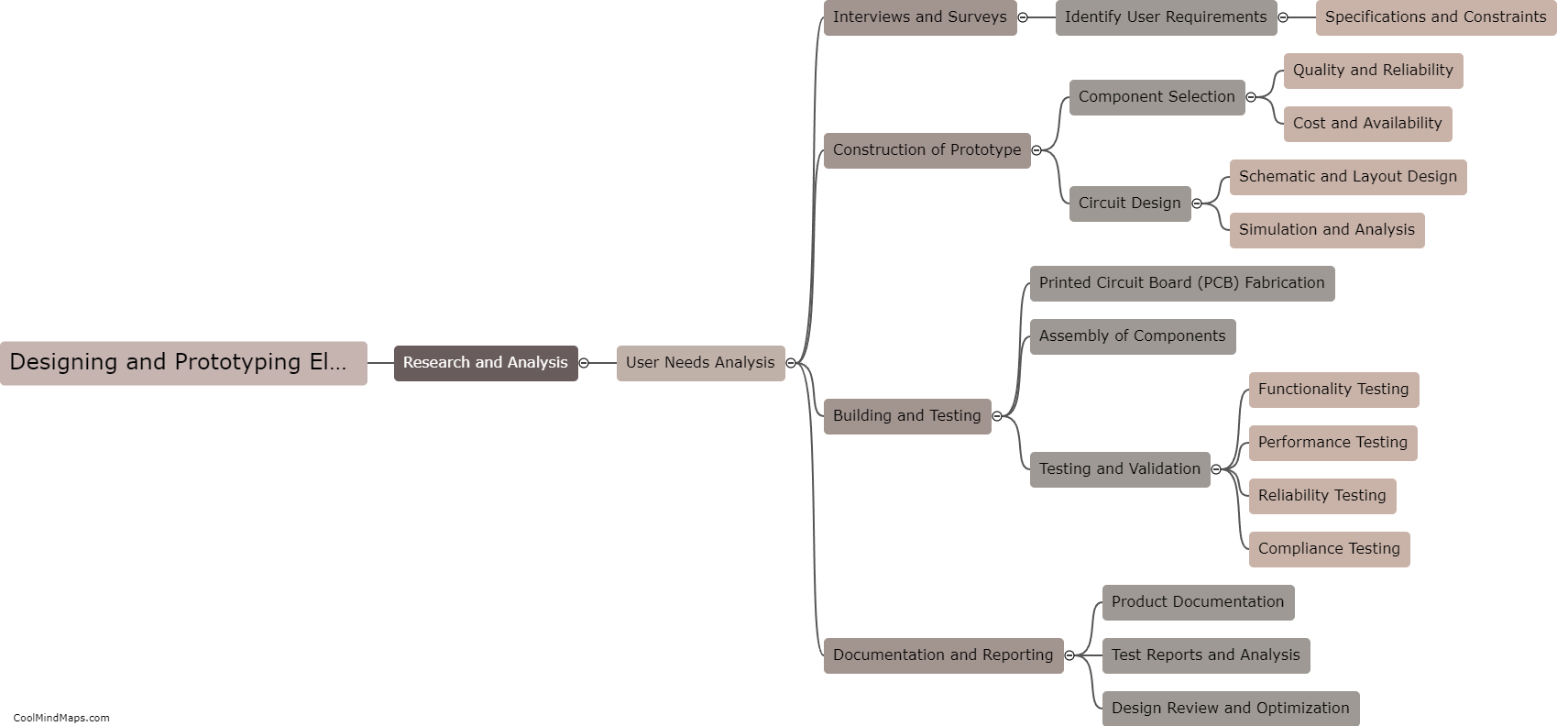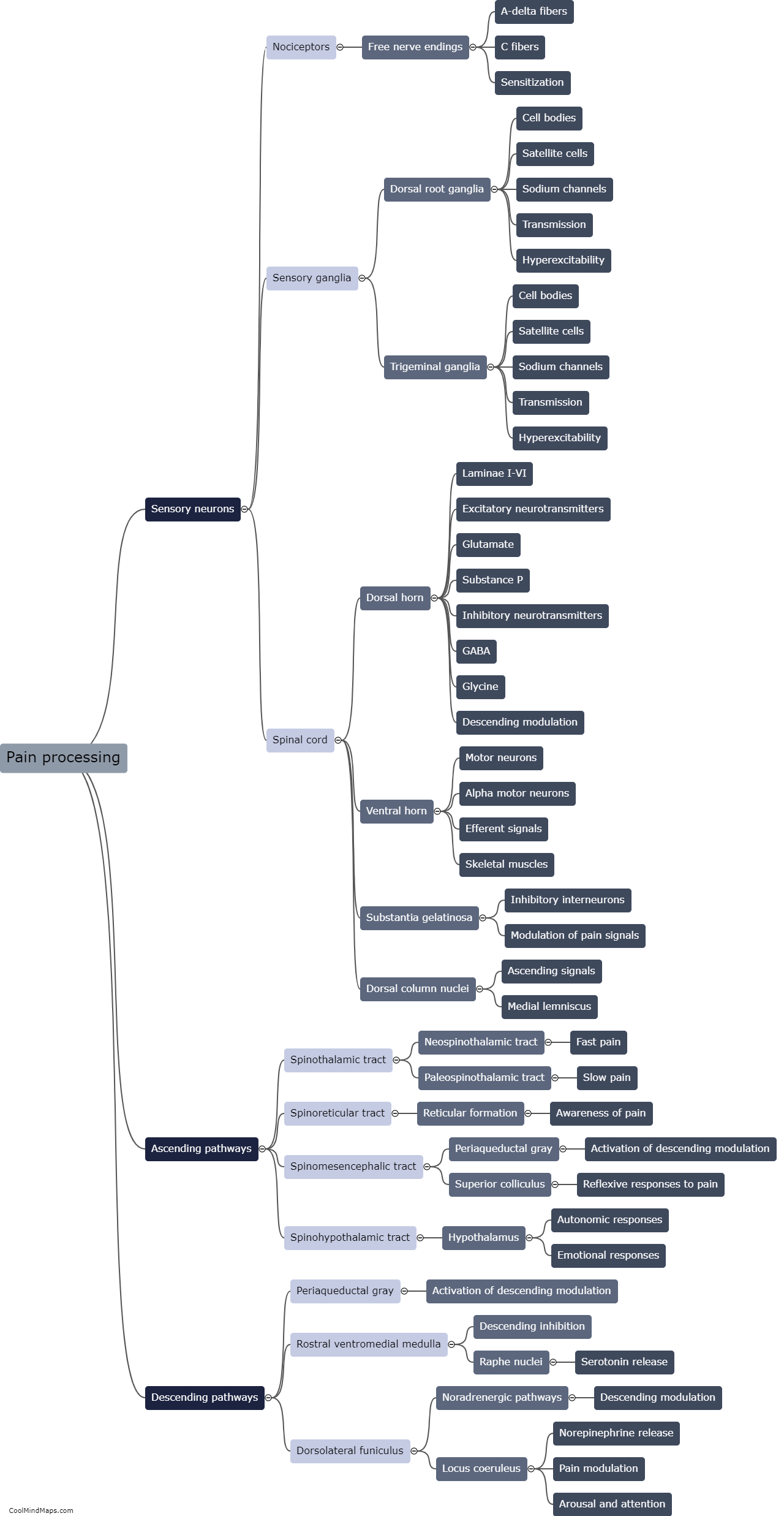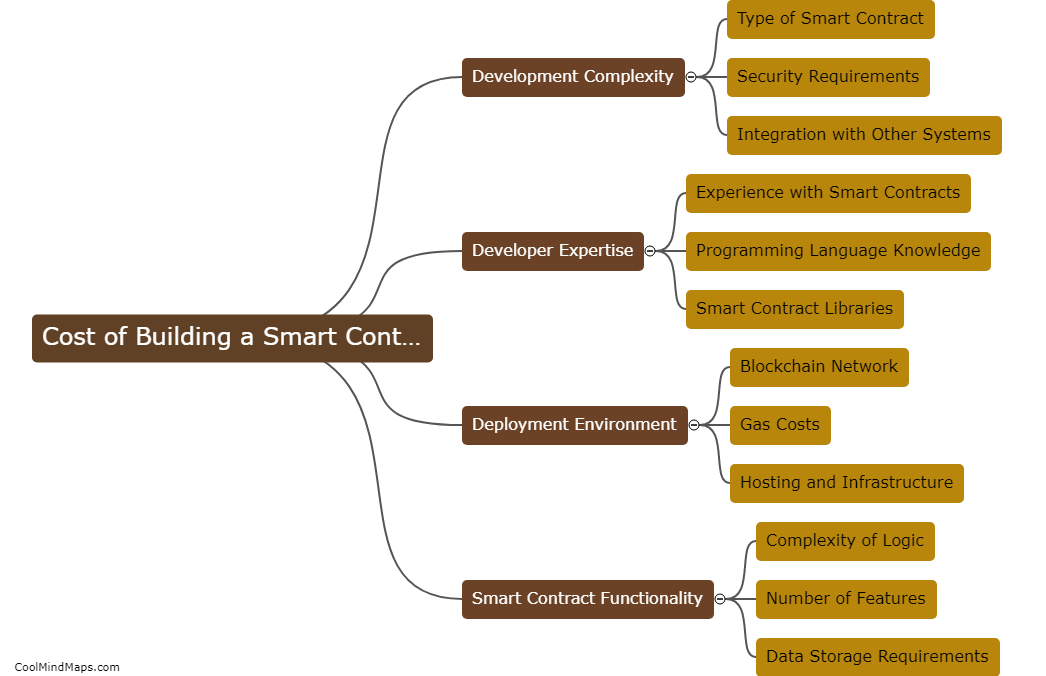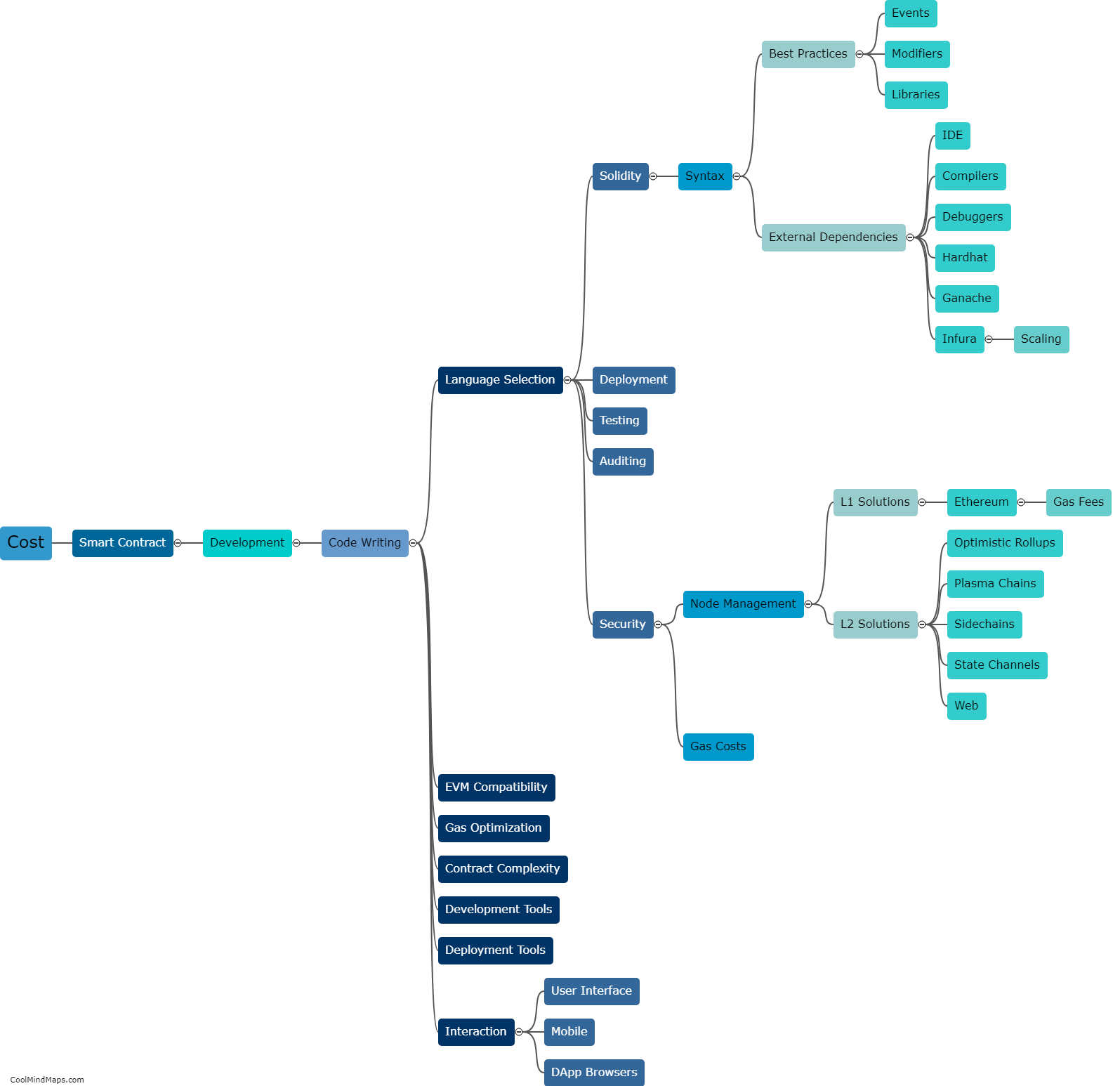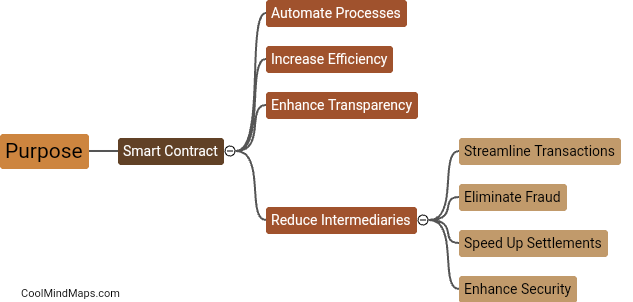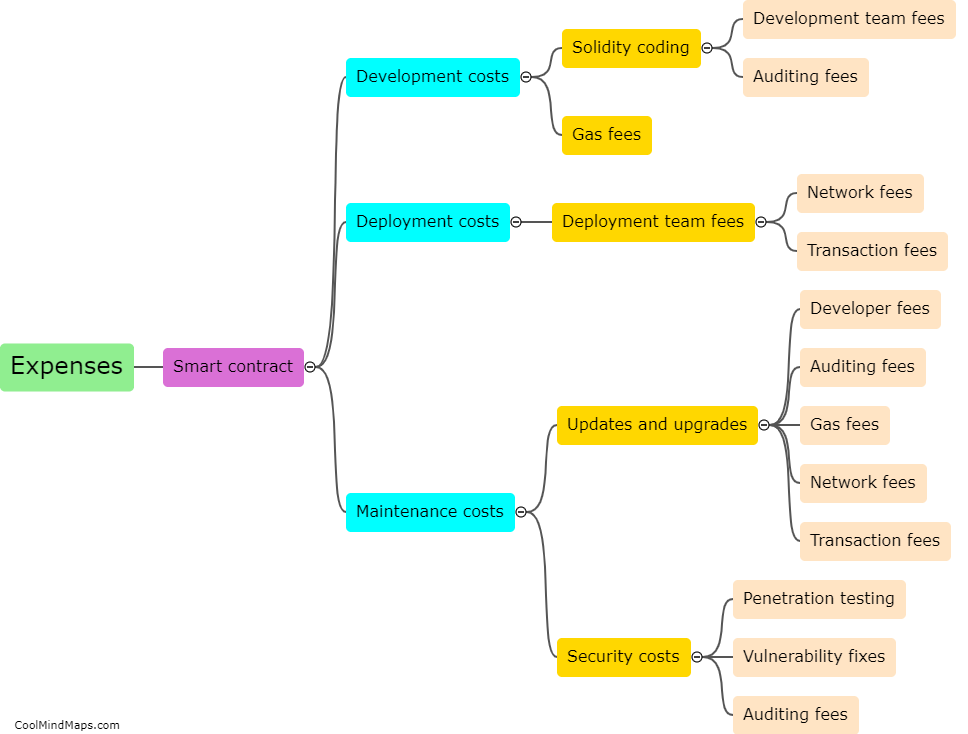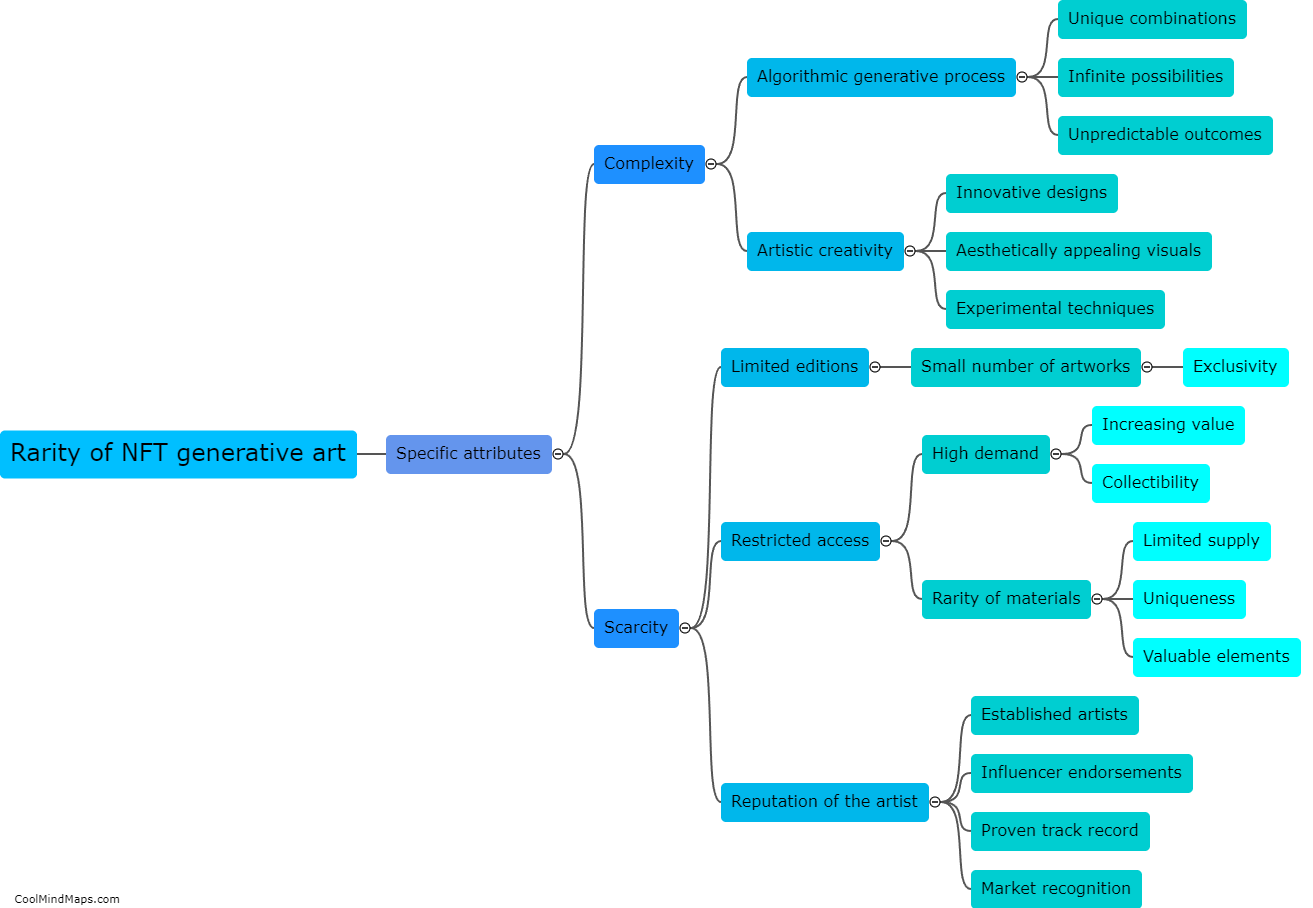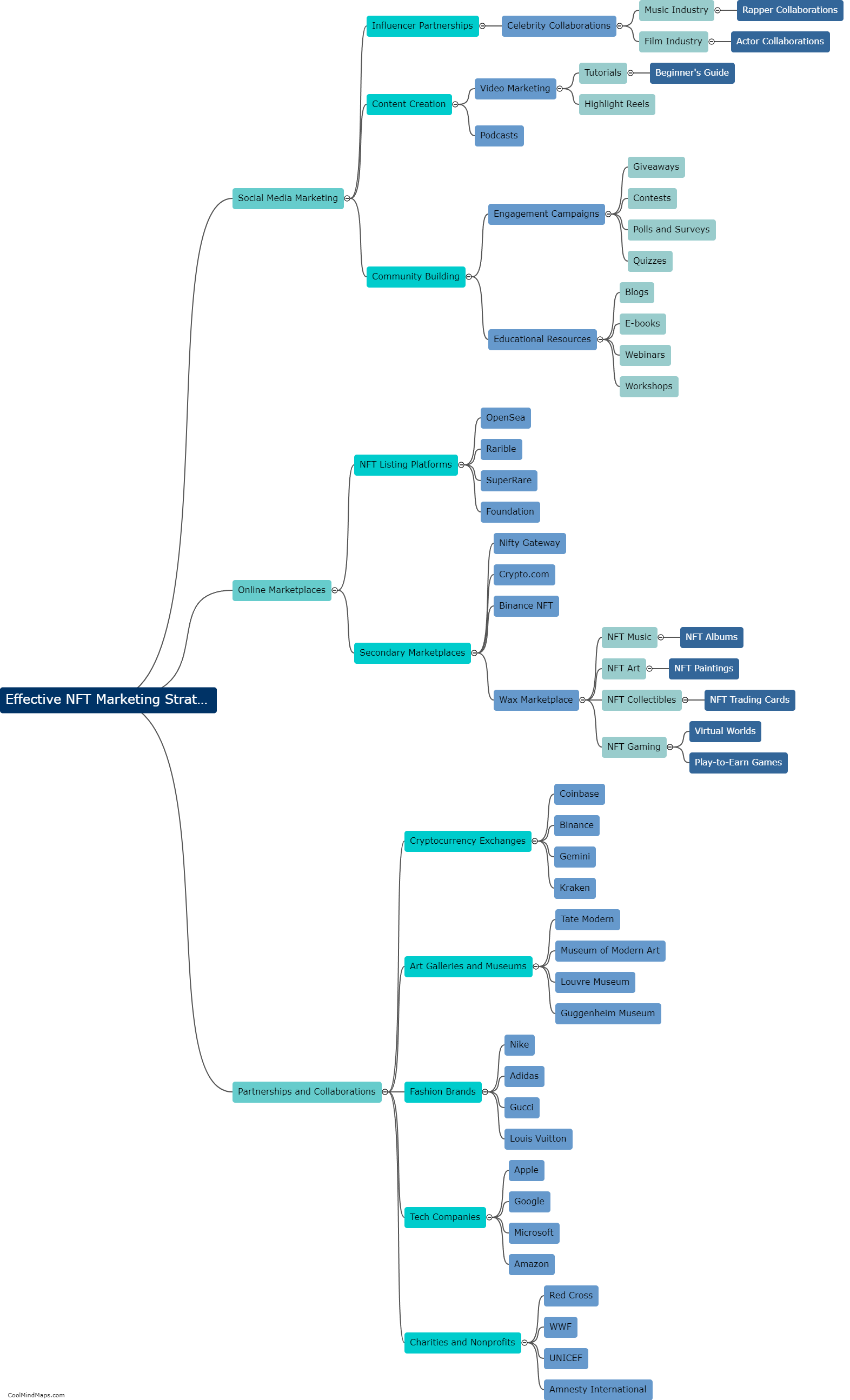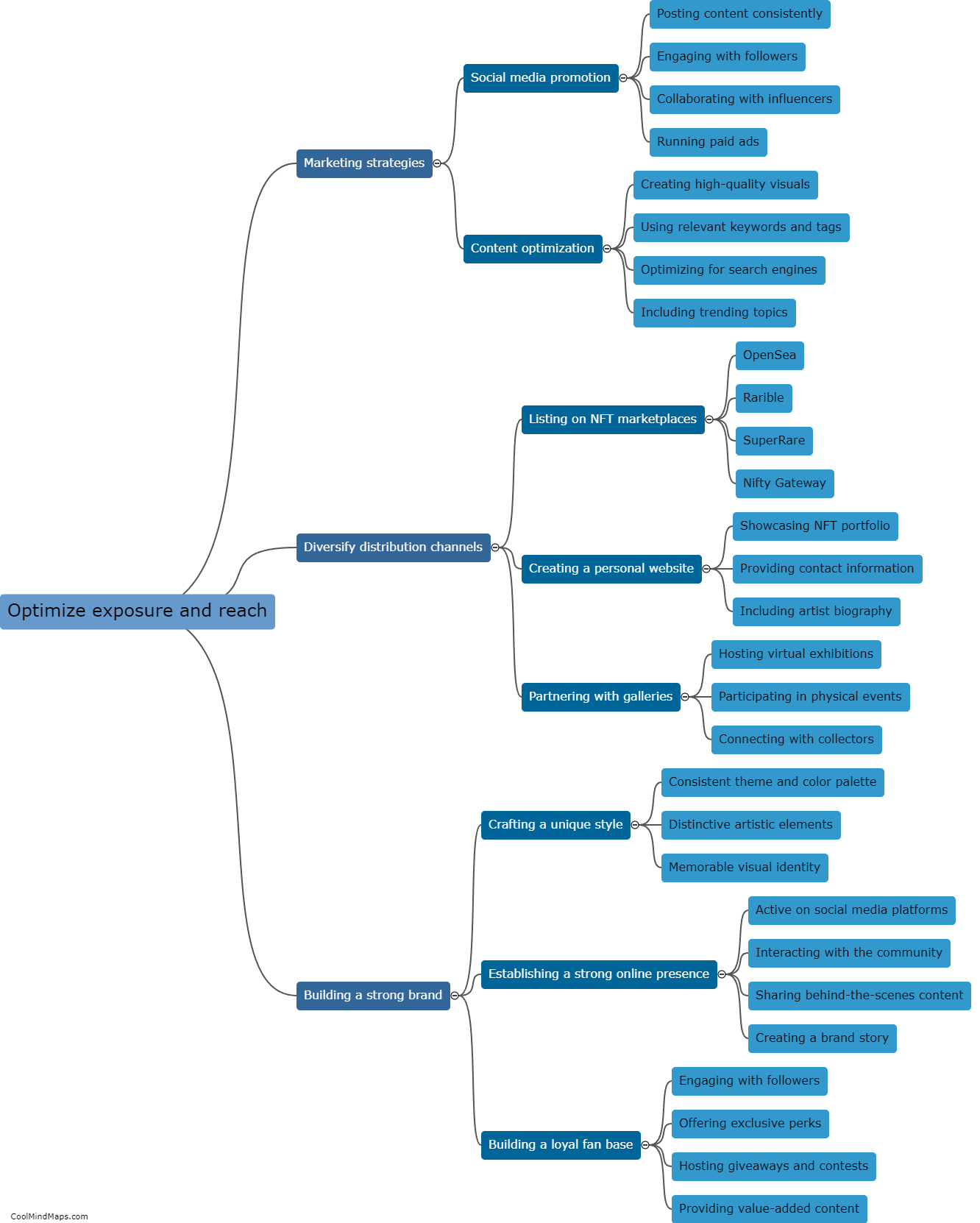What factors determine the rarity of NFT generative art?
The rarity of NFT (non-fungible token) generative art is determined by several factors. First and foremost is the algorithm or code used to generate the artwork. The complexity and uniqueness of the algorithm play a crucial role in determining the rarity of the generated art. An intricate and sophisticated algorithm is more likely to produce rare and unique pieces. Another factor is the parameters or variables within the algorithm that can be tweaked. Different combinations or ranges of these variables can lead to a wide variety of outcomes, increasing the rarity of the artwork. Additionally, the total supply of generative art pieces created using the same algorithm can affect rarity. If the supply is limited, the scarcity of the artwork increases its rarity and desirability. The artist's reputation, demand, and market value can also impact the rarity of NFT generative art, as highly sought-after artists or popular collections tend to command higher prices and are considered rarer. Overall, the rarity of NFT generative art is a combination of algorithm complexity, variable range, limited supply, and market demand.

This mind map was published on 2 August 2023 and has been viewed 112 times.

